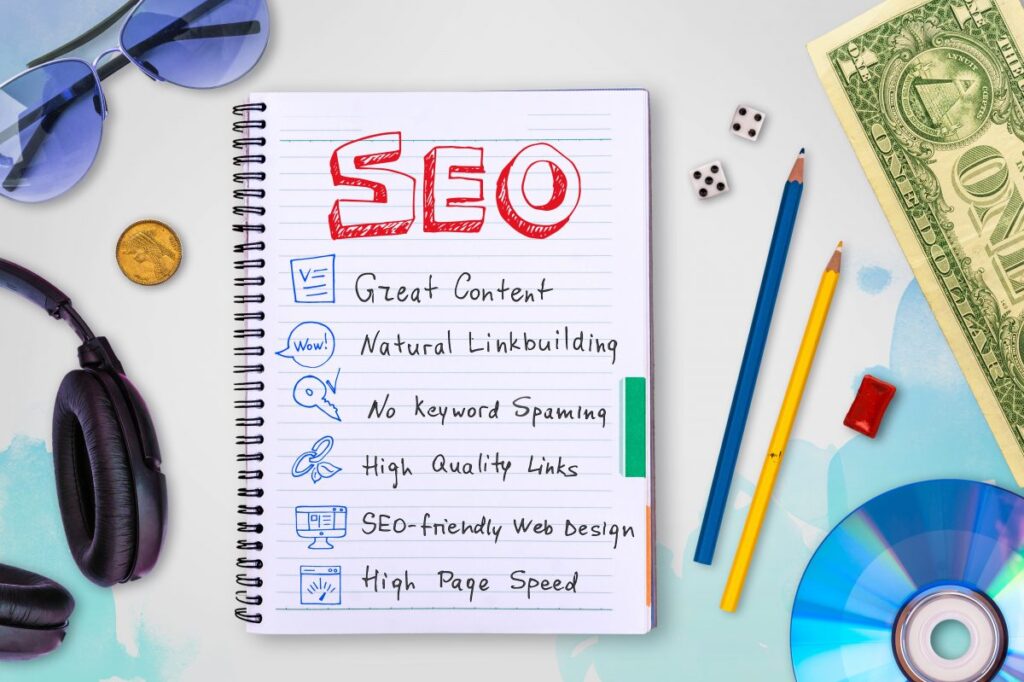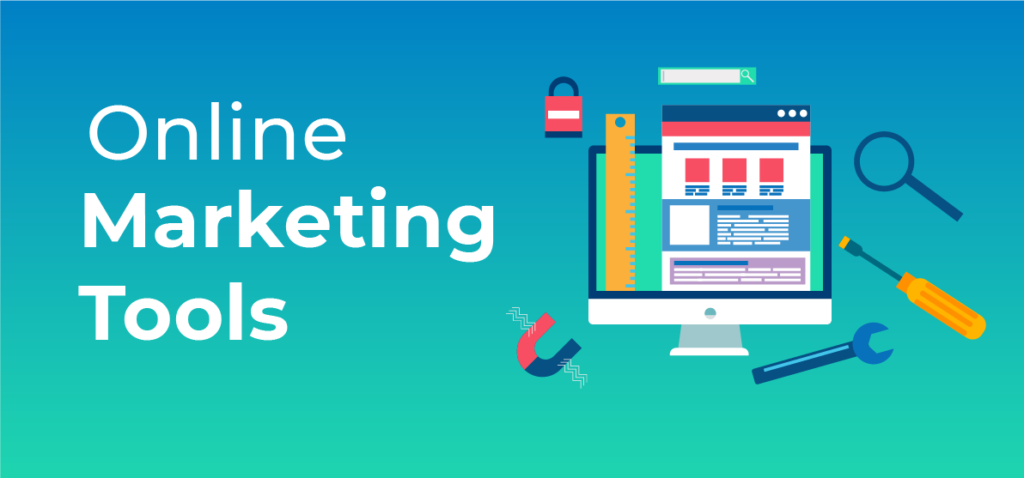Those who aren’t still leveraging AI are basically bringing a butter knife to a tech fight. The world is spinning faster than ever, and AI is the jet fueling businesses into the stratosphere.
You don’t need a Silicon Valley address to get in on the action. Whether you’re a mom-and-pop shop or a multinational conglomerate, AI has something for everyone, especially when it comes to marketing.
This guide will address how to design an AI marketing strategy that may give you a leading edge over your competitors.
Designing an Effective Marketing Strategy Using AI
Think hyper-focused campaigns, personalized experiences, and insights sharper than a sushi knife. That’s what you get with AI. But the thing is, you can’t just sprinkle AI magic dust and expect miracles to happen overnight.
We’ll show you how to swap the sweat for strategy and let AI do the heavy lifting (work smart, that is).
Step 1: Design Your Marketing Roadmap
The first step in designing an effective marketing strategy is developing a roadmap. It will guide you throughout the process, and keep you in line with your marketing goals and objectives.
That’s where ChatGPT’s marketing strategy can save your day. It’s your brainstorming buddy, your sounding board, and your creative spark all rolled into one.
ChatGPT can help you flesh out your ideas and refine your messaging. Begin by entering this prompt in the tool:
“You are a strategic marketing planner specializing in creating effective marketing strategy using AI. Your role is to offer some helpful steps that will help me boost brand awareness and customer engagement for my ecommerce startup.”
The AI chatbot will reply:
In case the tool asks for further details, you need to provide another prompt highlighting the specifics of your business. Here’s an example.
“My brand targets fashion-forward individuals aged 18-35 who crave style without compromise. Your strategy should outline innovative approaches to increase brand awareness and drive online sales. Make sure you leverage the latest digital marketing trends and social media to position the brand as a must-have destination for fashion enthusiasts worldwide. My competitors include Zara, H&M, and ASOS.”
ChatGPT will instantly develop a roadmap for you:
Step 2: Create Content
The next step is content creation. Luckily, ChatGPT offers the marketing brilliance you need to up your marketing game.
It lets you craft engaging copy, brainstorm killer headlines, and even churn out blog posts faster than you say “content creation.” The tool understands the context, tone, and audience preferences to ensure every word hits the right mark. How cool is that?
Here’s an example prompt you can use to get some ideas for content creation:
“I want to design a comprehensive marketing strategy for my e-commerce business. The goal is to increase brand awareness, drive website traffic, and boost sales within the next six months. Please suggest some unique content creation ideas.”
ChatGPT may suggest:
With ChatGPT, you aren’t limited to generating mere content ideas. Instead, you can whip up content for all sorts of platforms. Need a catchy Facebook post? GPT’s got your back. Want to craft a witty tweet? No problem.
Here’s an example prompt.
“Create an attention-grabbing Facebook post to promote a new apparel line for my ecommerce store. The post should be between 100-150 words. Use a combination of creativity, wit, and relevant hashtags to make the post stand out in users’ feeds and drive engagement.”
That’s good for the first draft. You can edit it to match your brand’s tone and audience preferences.
Step 3: Create Marketing Videos
ChatGPT can only help you create textual content, but what about videos? Only a few brands know that video content is actually a game-changer for your marketing strategies. They are capable of attracting people like a magnet.
So, your next step should be creating marketing videos.
In this case, DeepBrainAI can be of help. Its cutting-edge algorithms and deep learning skills can transform your vision into reality with breathtaking efficiency and precision. It lets you automate several tedious tasks, from color grading to editing.
Here’s an example prompt we used to create a video through DeepBrainAI.
“Produce an eye-catching video showcasing the latest apparel arrivals in my e-commerce store. Use dynamic visuals, engaging music, and compelling narration to create a memorable viewing experience that drives excitement and encourages viewers to explore my online store further.”
The tool creates a video before you can even finish your coffee. Besides, exporting the video is a breeze. Just one click, and you’ve got your masterpiece ready to download. It’s like magic, but better because it’s real and at your fingertips.
Step 4: Localize Your Marketing Content With DeepL
So, you now have a marketing roadmap and content developed accordingly. The next step is to promote and localize your content with DeepL for local audiences.
We live in a world where borders blur and markets merge. Therefore, adapting your content for different regions isn’t a nice-to-have but a must-have.
DeepL goes beyond mere translation. It understands the context, nuances, and cultural sensitivities, ensuring your message resonates with audiences worldwide.
You can use this tool to translate your product descriptions into the target audience’s local language.
For instance, if you’re selling a “cotton t-shirt with a vintage design,” DeepL will precisely translate this description into languages like French, Spanish, or German.
It maintains the intended meaning and context to avoid using language that could be offensive or misunderstood by your target audience.
Case Study: Jacques R, a customer success manager, uses DeepL in his daily operations. He believes its translations are surprisingly natural. In fact, the tool is “darn close” to having someone who speaks the same language.
Step 5: Develop Email Marketing Campaigns
When developing content, remember to focus on email marketing. AI tools like SeventhSense revolutionize how you engage with your customers through email marketing optimization.
It analyzes past engagements to determine the ideal send time for each recipient. For instance, you can know whether a particular subscriber opens emails more frequently during lunch breaks or in the evening. Using this insight, you can schedule the email to be sent at the optimal time for each individual subscriber.
But it isn’t just about timing. Its personalization features let you tailor your emails to unique preferences and behaviors to ensure the relevance and effectiveness of your campaigns.
All you need to do is fill up the form to get a demo of how it works.
Step 6: Post the Marketing Content on Your Social Media Accounts
Your marketing content will have been developed by now. The last step is to publish the texts, images, videos, and emails on your website and social media channels.
Social media management is important. We live in a world where tweets fly by in the blink of an eye, and Instagram feeds refresh faster than you say “double tap.” Therefore, staying on top of your social game is no cakewalk.
AI can help you here, too!
With tools like Hootsuite, you can streamline your social strategy and boost your online presence to new heights. You can use it to manage multiple platforms, save time by scheduling posts, and curate new content with “suggestions.”
Simply select a plan, follow the displayed prompts, and start managing your marketing strategies hassle-free!
Conclusion
We live in an era where customer expectations are soaring higher than Elon’s SpaceX. No wonder why numerous businesses are integrating AI to stay ahead. However, amidst the algorithmic wonders and predictive sorcery, it’s important to remember that AI alone can’t do the trick.
It needs the human touch, the creative spark, and the ingenuity of the human mind. So, to reach for the stars and beyond, you need to merge AI’s brilliance with humanity’s brilliance. By the end of the day, it’s the human spirit that will drive the machine forward and help you succeed in your marketing endeavors.







